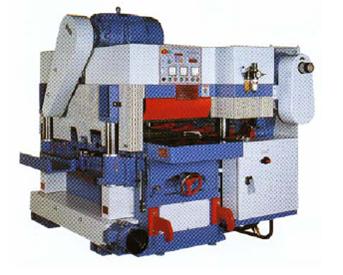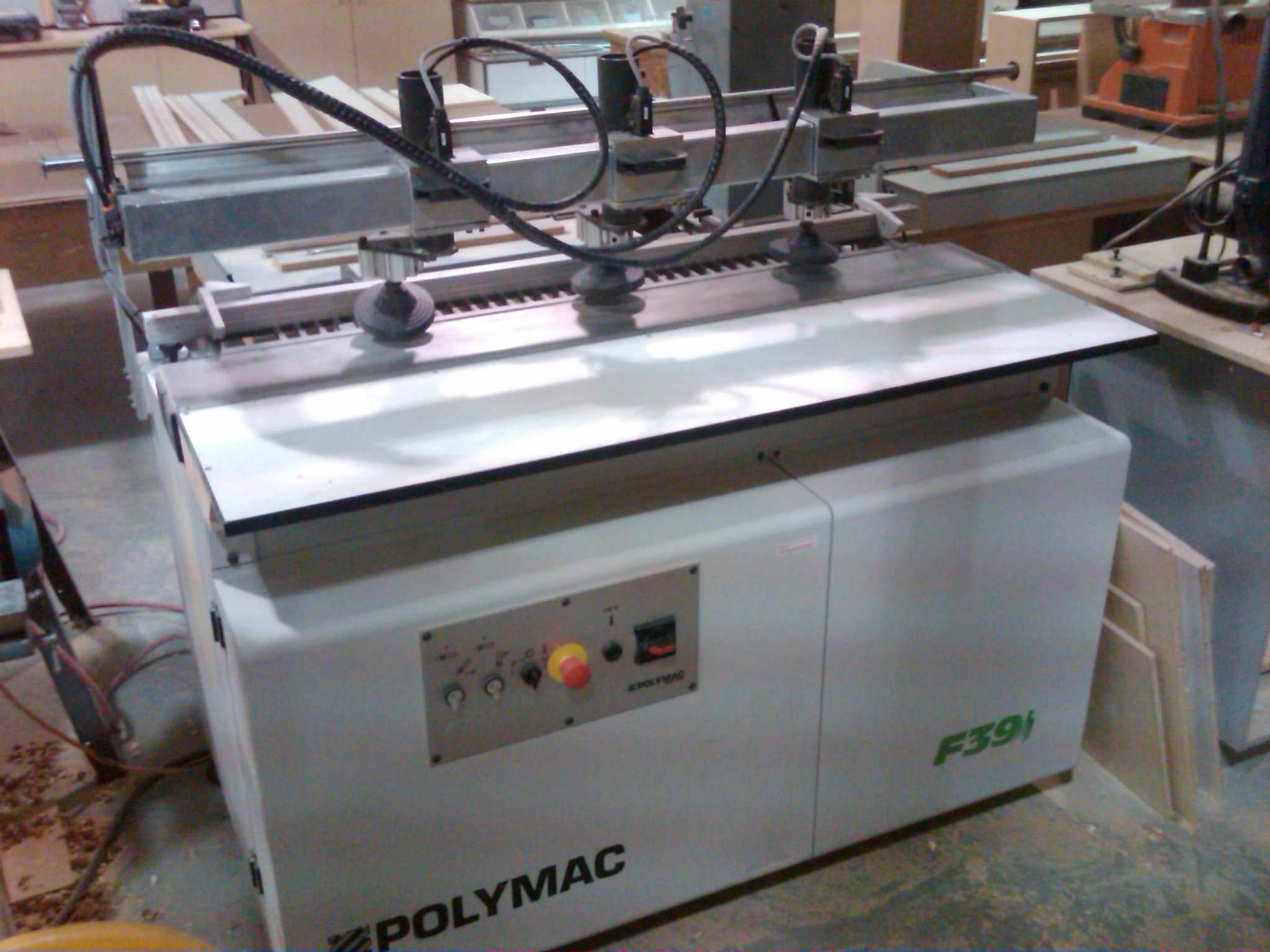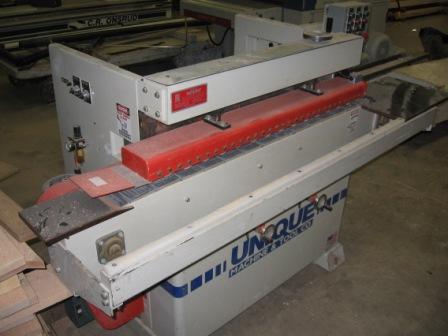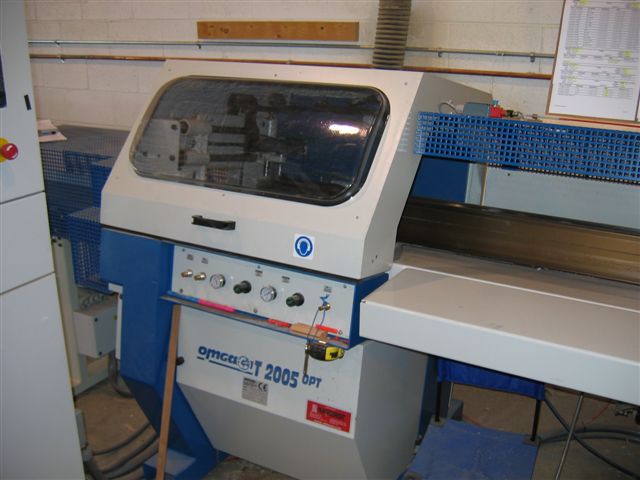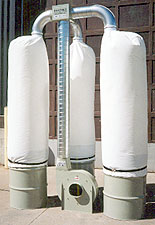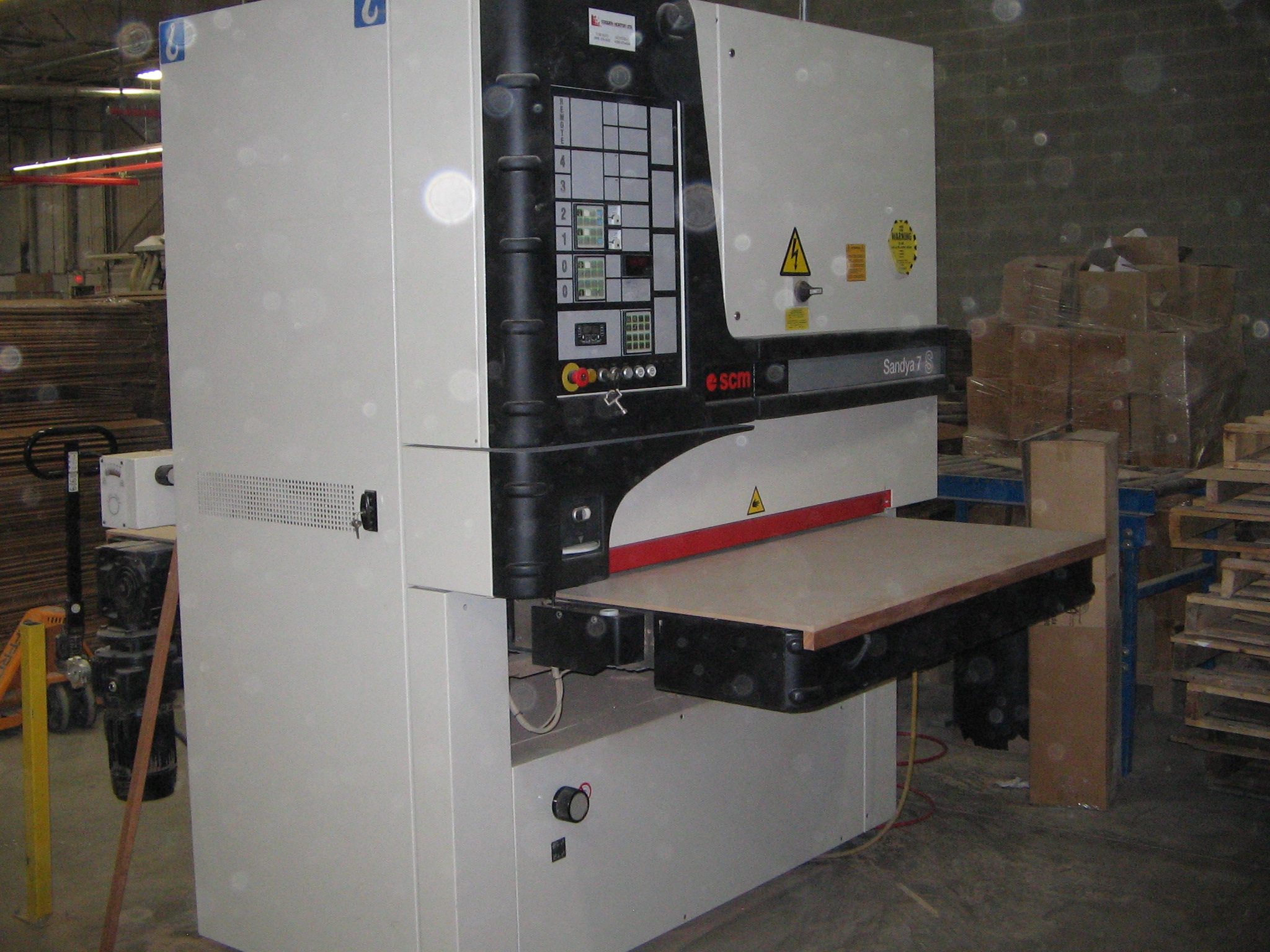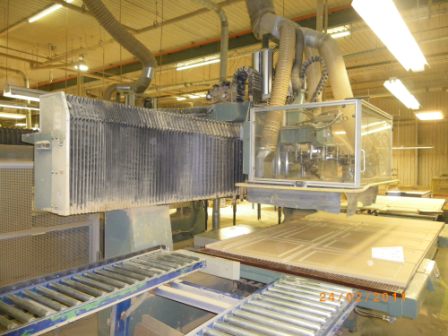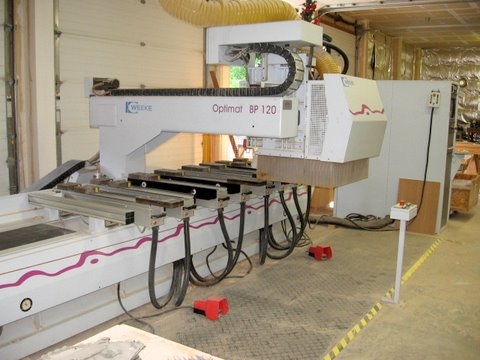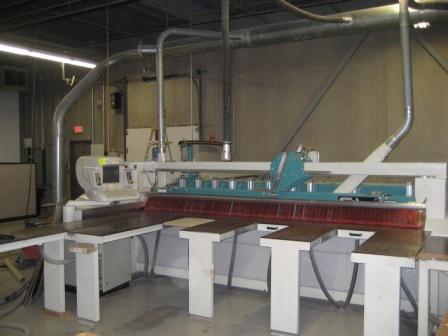 |
| Computer Numerical Control (CNC) |
How do new and used CNC machines actually know when to start, stop, and cycle to produce the parts that the operator has programmed in a job? It all happens in an automatic (or semi-automatic) process known as
Computer Numerical Control (CNC). Before describing what CNC is, it is important to understand its predecessor, Numerical Control (NC).
After World War Two when mass production was all the rage, NC machines were introduced into manufacturing. NC machines were hard-wired with parameters that were nearly impossible to change. Jobs were programmed by using punch cards. Even with pre-programmed jobs, these machines required significant human intervention. For example, a numercially controlled drill press requires many actions to be taken to produce a product. The process can be so complicated that a human must do something in almost every step. This much human interaction creates many opportunities for error.
When computers came along, CNC technology was introduced to manufacturing. Punch cards were replaced by floppy disks and serial cables. Data management and transfer became much easier. CNC revloutionized production manufacturing because it allowed for automation to replace human intervention. Consequently, automation added a degree control over the consistency and quality of the compantents and products being manufactured. Moreover, operator stress was reduced and errors were reduced. Operators now had more time to spend on higher value work than repetititve tasks. Automation comes at a cost, however. The higher the automation, the higher the price of the machine.
The addition of Computer Aided Manufacturing (CAM) greatly simplified the programming of CNC machines. Although CAM, which is typically done in an office environment, makes the heavy burden of programming off of the machine operator, the programmer must know how the machine actually works to design effective programs. That is why machine operator experience is necessary for programming jobs.
CNC programming is based on a language called G-Code. G-codes actually specify the positions, orientations, and methods of movement to perform the CNC process. Each machine uses unique variables to carry out its particualr function (e.g., drilling holes, cutting parts, moulding, etc.). In addition to G-Code, programming languages are used perform more lengthy programs with incremental and repetitive cycles. The use vof this kind of programming is more efficient than CAM alone and defines how most new and used CNC machinery is progammed and run today.
For the best and widest selection of high-quality
used CNC machinery, call Contacts Machinery TODAY at
1-866-514-0890.

